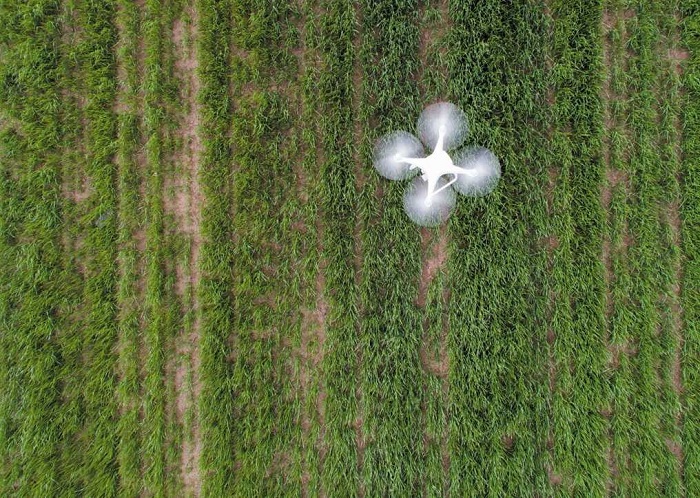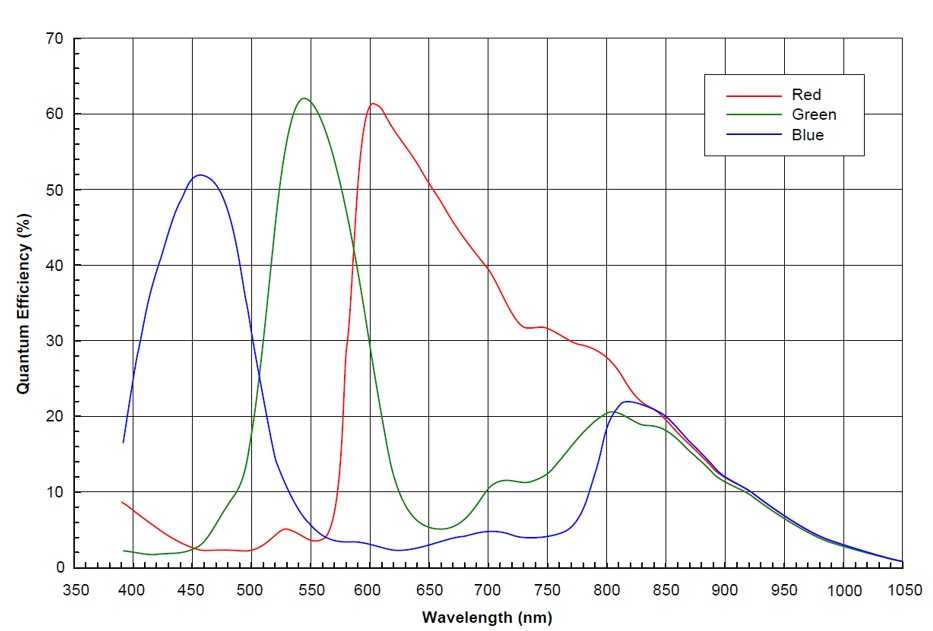By Richard Quinnell, managing editor, special projects
Two powerful trends — the internet of things (IoT) and data analytics — are generating lots of press for their industrial and infrastructure applications. But there is another application space that is quietly gaining momentum in the application of these technologies: food production. Farmers are improving yields, reducing losses, and reducing costs by making more targeted use of resources such as fertilizers and water. The starting point for this “precision agriculture” is data, which sensors and wireless networking play key roles in gathering.
There are essentially three platform types involved in precision agriculture: aerial, ground-based mobile, and stationary systems. The sensors and network technology that the platform types tend to utilize do vary, although there is also some overlap. One thing that the platforms share, though, is tremendous diversity in feature sets of the many competing products addressing this application space.
The aerial platforms seek to gather data about crops and fields from above using remote sensing. The sensors may be located on piloted aircraft or satellites but are increasingly being carried by unmanned aerial vehicles (UAVs) — drones — of either fixed-wing or multi-copter design. Outfitted with a precision positioning sensor, such as the u-blox ZED-F9P precision GNSS module, drones are particularly suitable for surveying small- to medium-sized fields for plant health monitoring, with aircraft and satellites providing larger area surveys.

Multi-rotor drones are an increasingly popular aerial platform for precision farming of small- to mid-sized fields. (Image: u-blox)
The primary sensor in plant health monitoring is a multi-spectral camera that can take high-resolution images in both visible and near-infrared (NIR) light. Most CMOS image sensors can provide such images, although most commercial cameras cannot. The key to this apparent contradiction lies in filtering.
The figure below shows the quantum efficiency (i.e., sensitivity) of a typical CMOS image sensor — in this case, from ON Semiconductor — as a function of wavelength. The sensor includes built-in red, green, and blue filters in the typical Bayer arrangement , but even with blue filtering, there remains a considerable sensitivity in the IR wavelengths. Most general-purpose cameras thus add an IR blocking filter in front of the sensor to render visible-light coloring more accurately.

Typical color image sensors also include NIR sensitivity that general-purpose cameras seek to filter out. (Image: ON Semiconductor)
IR sensing
For plant health monitoring, however, this IR sensitivity is a blessing. The leaves of healthy plants will reflect more IR and absorb more red light than those of stressed plants. This has led plant scientists to define the “normalized difference vegetation index” (NDVI) — (NIR − Red)/(NIR + Red) — as a measure of plant health. With the right filtering and some basic image processing, a CMOS image sensor can then be turned into an NDVI sensor like the Sentera AGX710. Aerial platforms provide the perspective needed to survey the plant health of entire fields with a single system.
Click here to read the complete story, originally published by EE Times.
Advertisement
Learn more about Electronic Products Magazine





